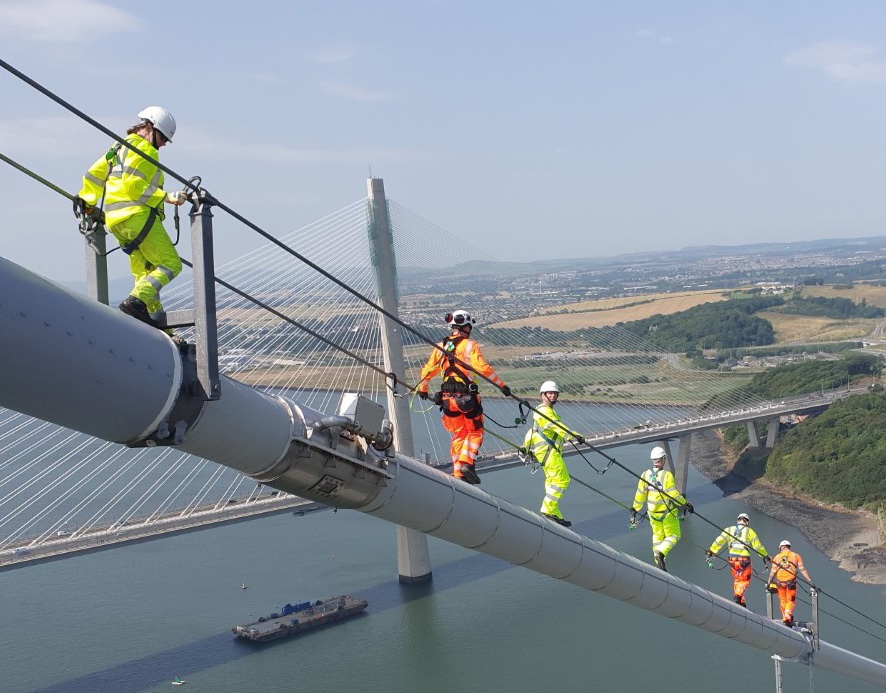he construction sector has experienced a continuing skills shortage since the 2008 recession, struggling to attract young people into the industry whilst losing staff to retirement and failing to address the challenges and benefits of gender and ethnic diversity.
Exacerbating the shortage, the digital workplace requires enhanced skill-sets and the industry has been slow to take up the challenges.
Existing skills and knowledge must be retained and transferred at the same time as we embrace the new digital skills in data, automation and analysis that are necessary. Our focus must be on safety, delivery and customer service, while emphasising the core values of ownership, integrity, teamwork and passion.
Across the industry, from designers to academics, from schools to professional institutions we must address career paths and succession planning, training, skills and knowledge transfer. We must encourage multiple entry routes to the profession – whether graduates, apprentices, or those transferring from other disciplines.
A safe, efficient and sustainable transport network and bridge industry require a competent and diverse workforce. We must face the challenge as we embrace the innovations and technologies that are changing our industry.
KEY THEMES
The construction industry employs nearly 3 million people – close to 10% of the UK workforce.
While the proportion of women working in engineering roles within construction has doubled over the last decade, rising from
2.3% in 2010 to 4.7% in 2021, it is still unacceptably low.
The profession must embrace digital technology, and civil engineers should develop these rapidly evolving skills. (ICE Professional Skills Report, July 2018)
According to the UK Trade Skills Index 2023, the UK faces a skills gap of over 937,000 construction workers in the next ten years and 244,000 qualified apprentices are required to plug the skills gap by 2032; equivalent to 25,000 per year to keep up with construction demand.

Walking the cable on the Forth Road Bridge (Transport Scotland)
AREAS FOR DEVELOPMENT
Education
- Bringing bridge engineering STEM ambassadors into schools
- Teaching bridge engineering, including operation and maintenance in university
- Encouraging industry to support training establishments
Professional development
- Specialist education and training in bridge engineering
- Knowledge sharing between experienced practitioners and younger engineers
Raising the profile of bridge engineering & management
- Educating the public and potential workforce about bridge design & management
- Promoting career paths for bridge inspectors
- Targeting under-represented groups and highlighting the benefits of a diverse workforce
